Archive
Leonore Kosswig
- Leonore
- Kosswig
- 06-06-1904
- Dresden (DE)
- 23-07-1973
- Hamburg (DE)
- BiologistPhotographerEthnographer
The exiled biologist and photographer Leonore Kosswig was one of the pioneering women researchers travelling alone in the 1950s and exploring customs and ways of life in Turkey and Iraq.
Word Count: 30
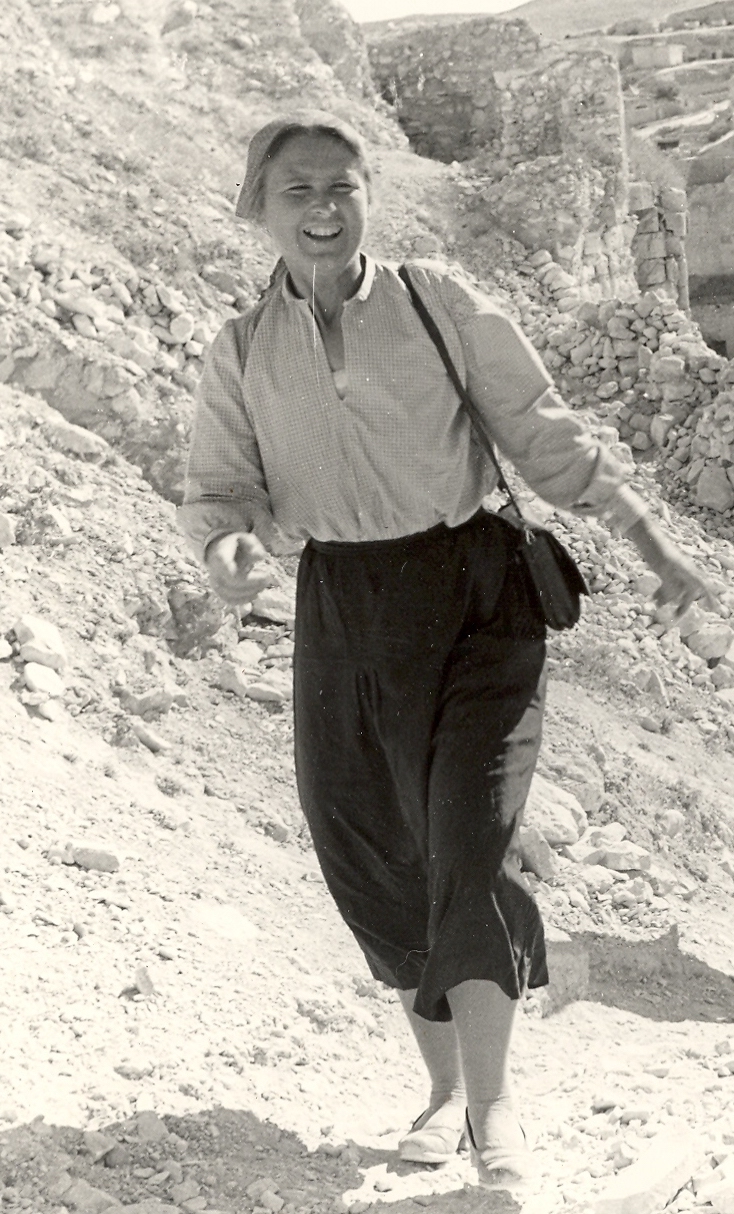
Cafer Türkmen, Leonore and Curt Kosswig in Birecik, 1954, photography, detail (Private Archive). 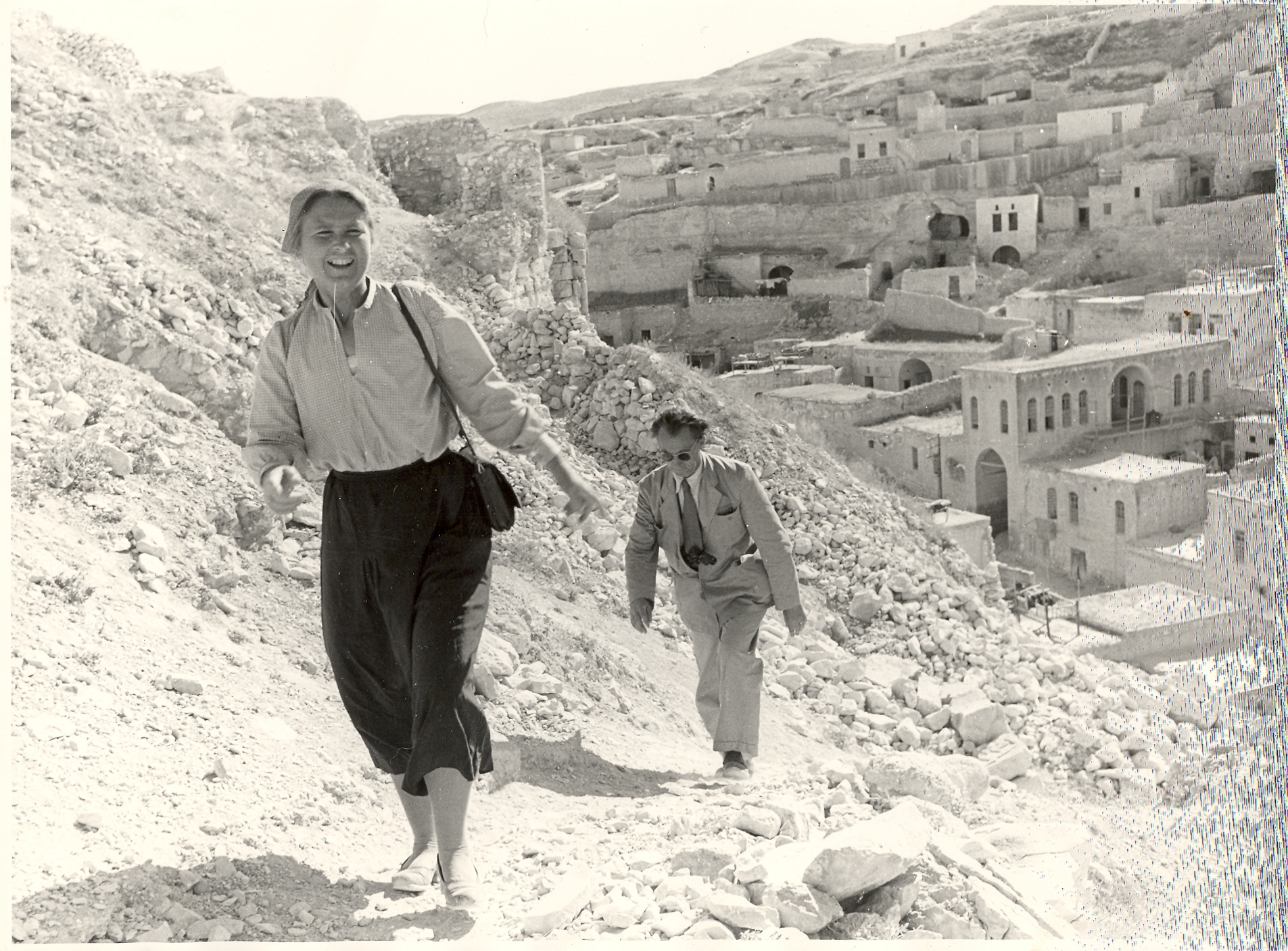
Cafer Türkmen, Leonore and Curt Kosswig in Birecik, 1954, photography (Private Archive). 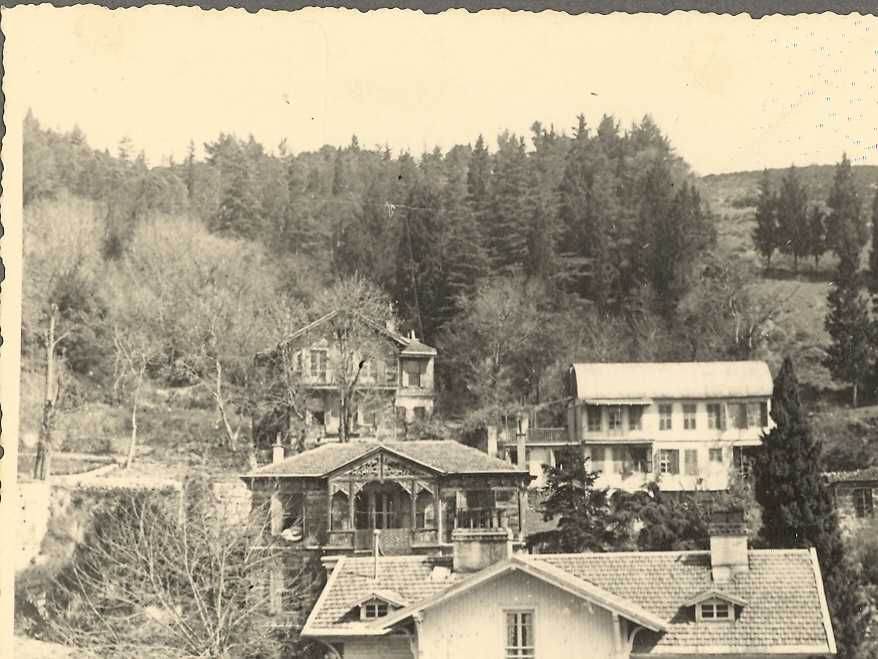
Curt and/or Leonore Kosswig, House of Family Kosswig in Bebek, Istanbul, 1940s (Private Archive). The Kosswig house is pictured at the back, left of centre. 
Leonore Kosswig, House of Family Kosswig in Bebek (Haus am Berg), Istanbul, Spring 1957 (Private Archive). 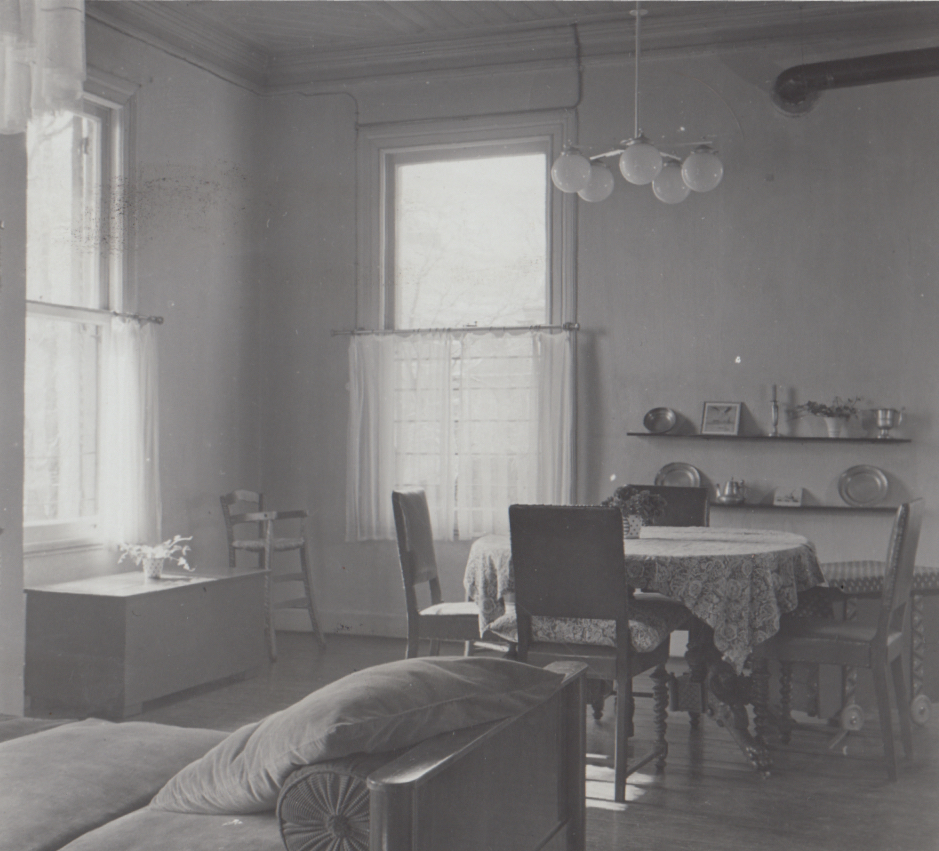
Curt and/or Leonore Kosswig, House of Family Kosswig in Bebek, Istanbul, interior, 1940 (Private Archive). 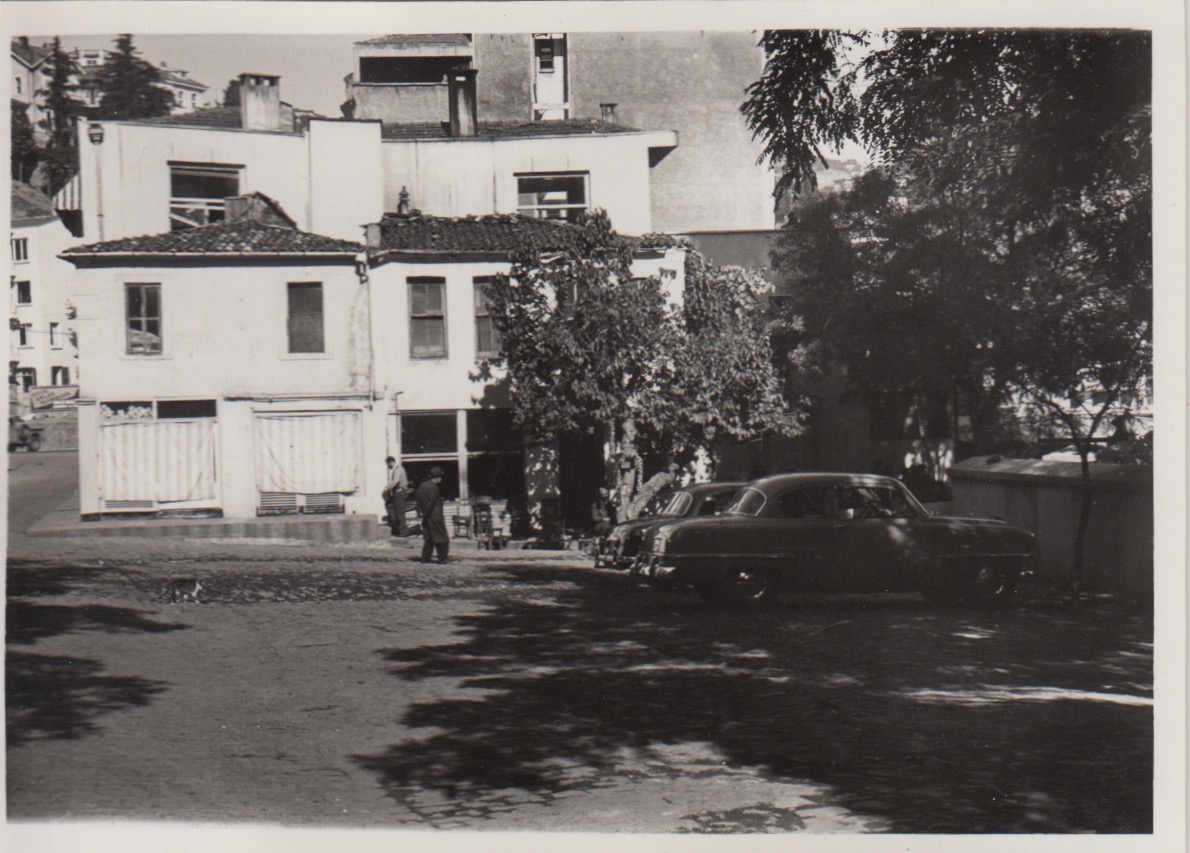
Leonore Kosswig, Sütçü Ibrahim [Milkman Ibrahim], Bebek, Istanbul, 1956 (Private Archive). 
Leonore Kosswig, Way to Balık Pazar [Fish Market], Istanbul, March 1957 (Private Archive). 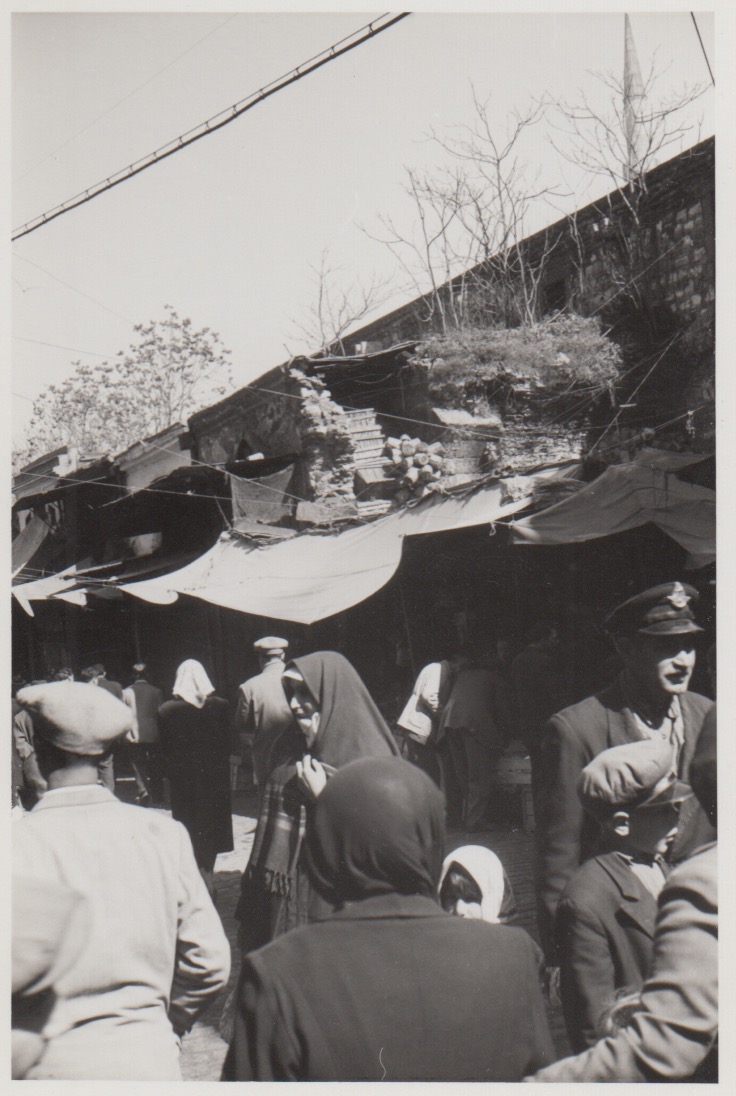
Leonore Kosswig, Behind Mısır Çarşı [Egypt Market], Istanbul, March 1957 (Private Archive). 
Leonore Kosswig, At the old bridge near Eminönü, Istanbul, March 1957 (Private Archive). 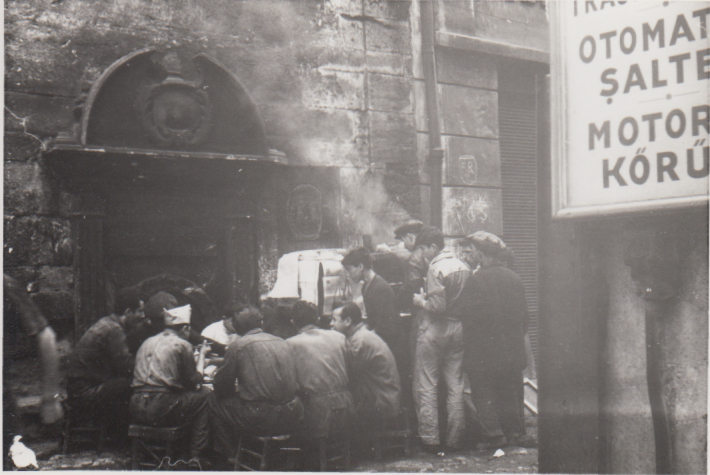
Leonore Kosswig, Çeşme [Fountain], Istanbul, 1957 (Private Archive). 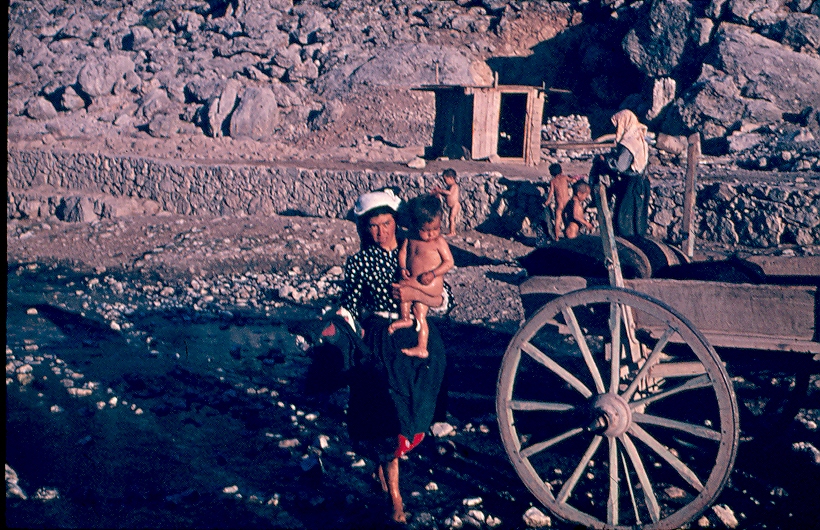
Leonore Kosswig, Gemiç, 1957, colour slide (Private Archive). 
Leonore Kosswig, Near Faluja, Irak, 1958, colour slide (Private Archive). 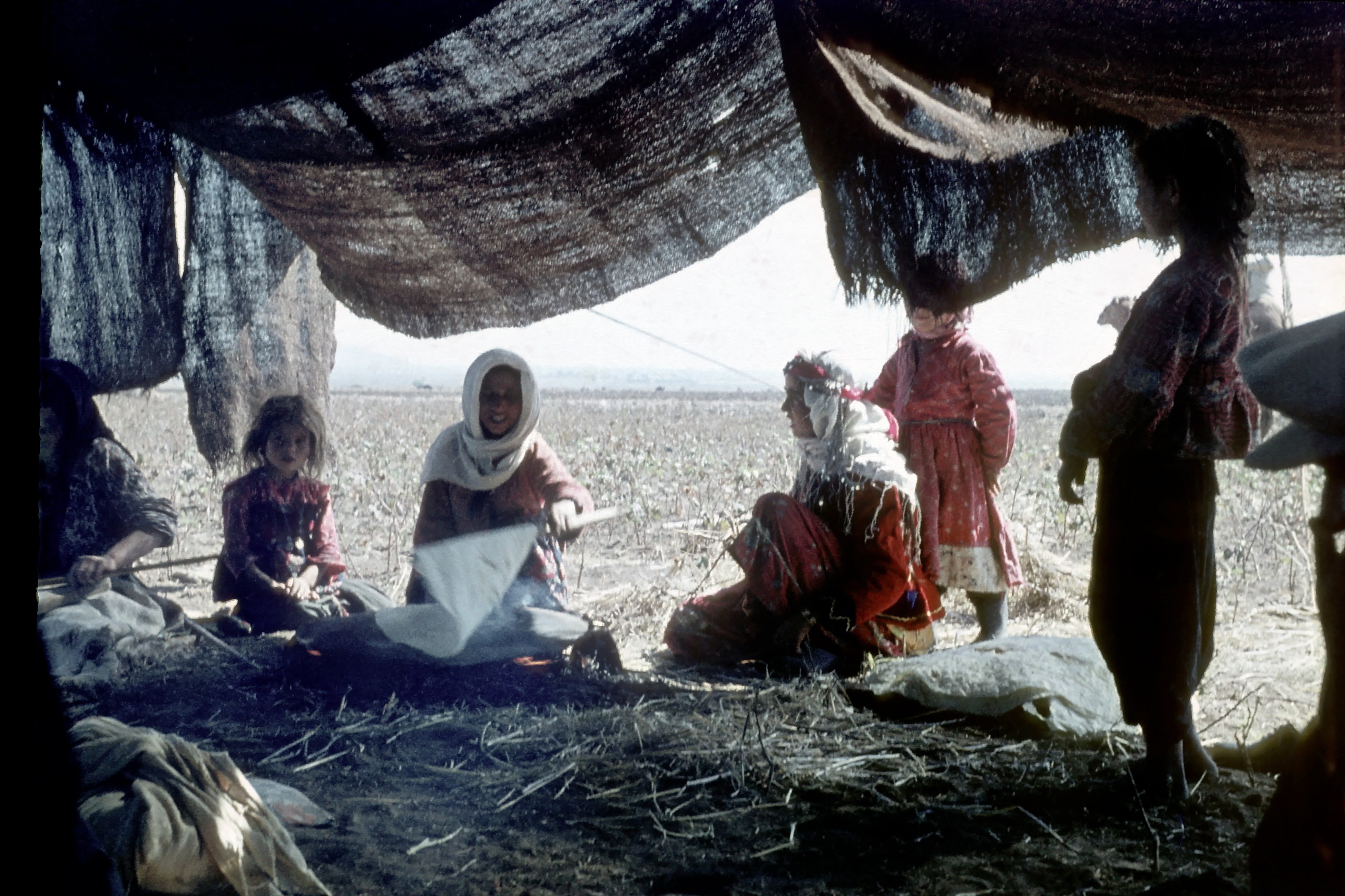
Leonore Kosswig, In the Tent, after 1955, colour slide (Private Archive). 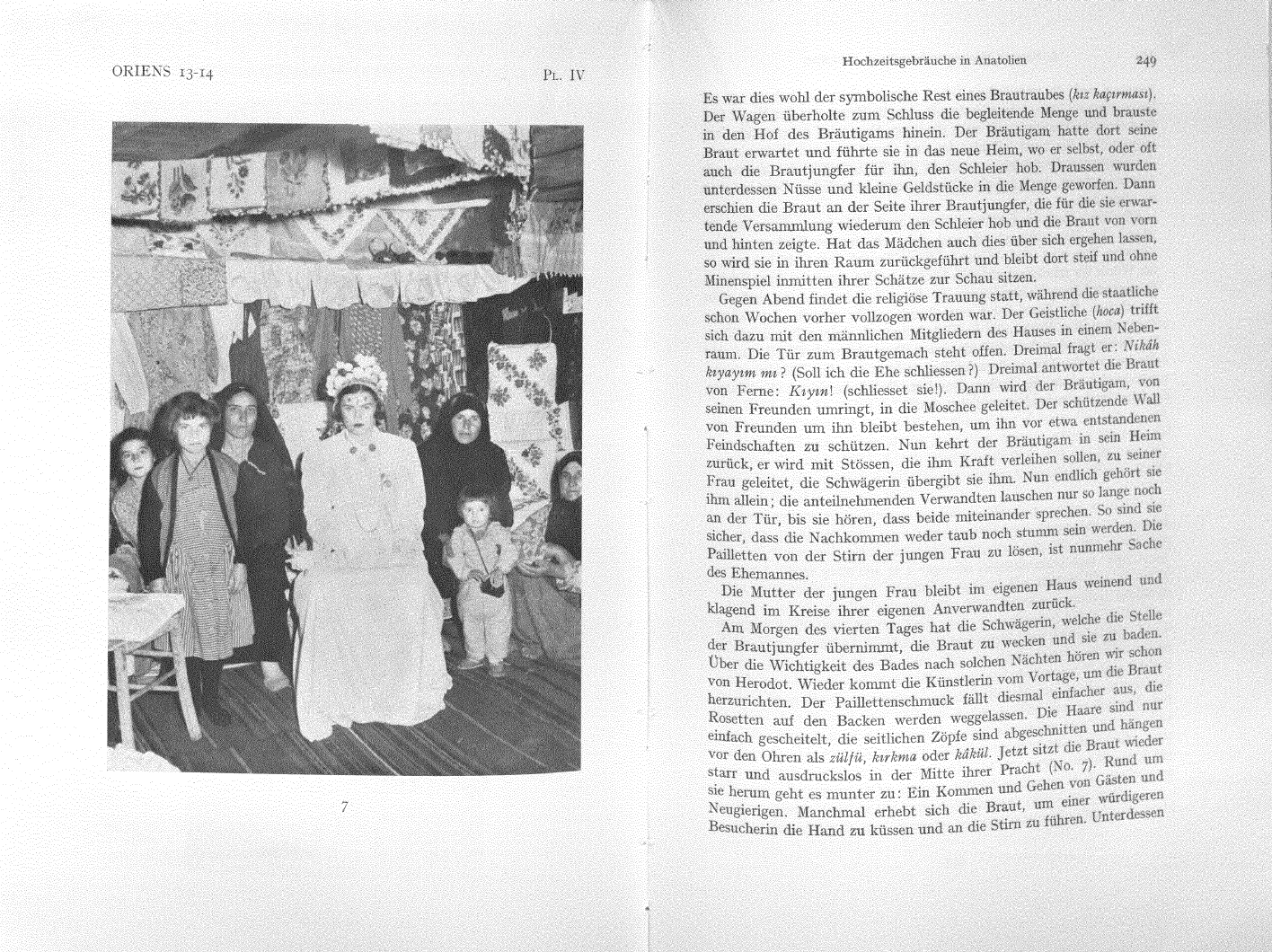
Leonore Kosswig. “Hochzeitsgebräuche in Anatolien.” [Wedding customs in Anatolia]. Oriens, vol. 13–14, 1961, pp. 248–249 (Private Archive). 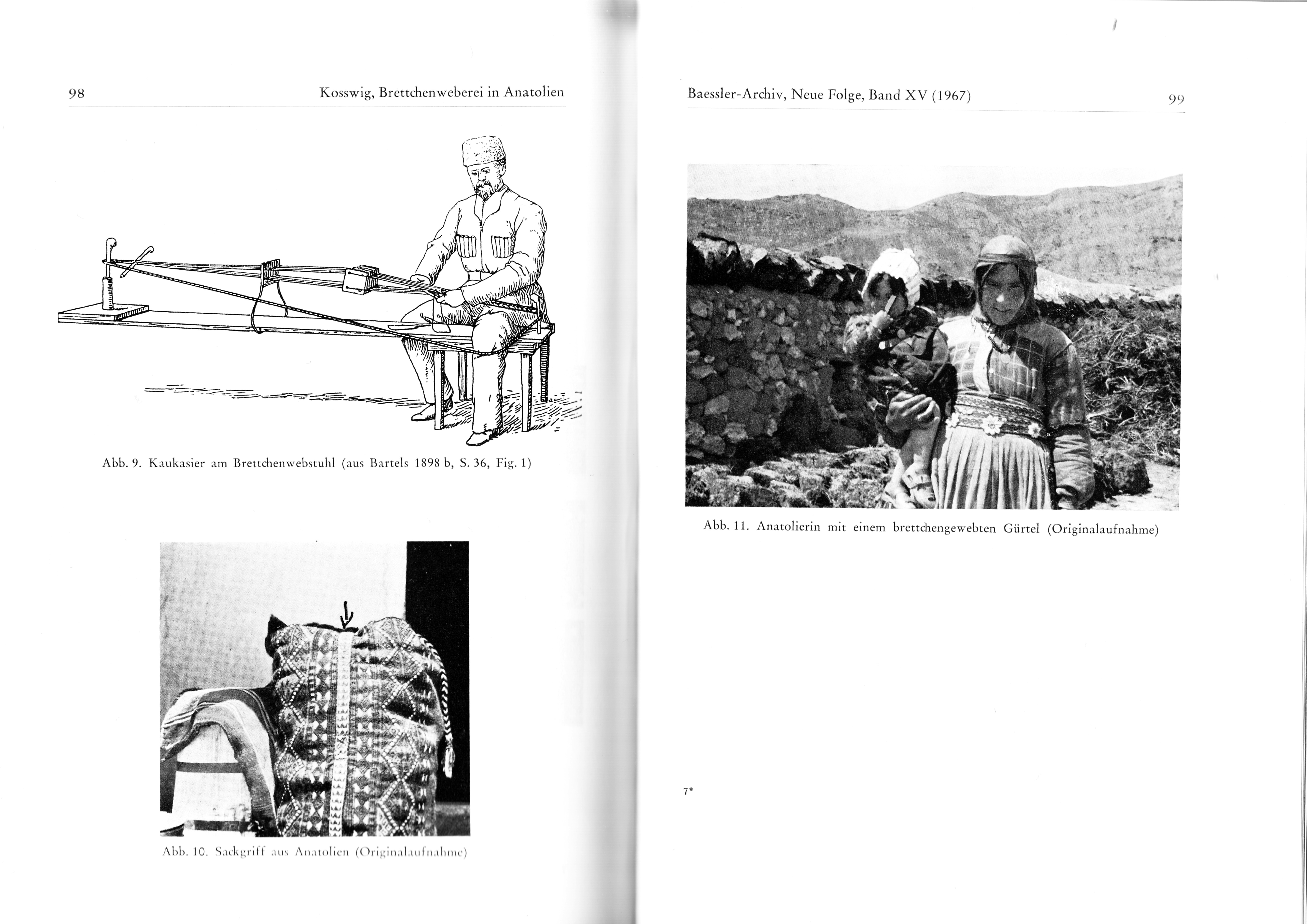
Leonore Kosswig. “Über Brettchenweberei insbesondere in Anatolien.“ [About board weaving especially in Anatolia]. Baessler-Archiv, vol. 15, 1967, pp. 98–99 (Private Archive). 
Leonore Kosswig. “Über Brettchenweberei insbesondere in Anatolien.” [About board weaving especially in Anatolia]. Baessler-Archiv, vol. 15, 1967, pp. 100–101 (Private Archive). 
Leonore Kosswig. “Über Brettchenweberei insbesondere in Anatolien.” [About board weaving especially in Anatolia]. Baessler-Archiv, vol. 15, 1967, pp. 104–105 (Private Archive). 
Leonore Kosswig, Couple in Üçpınar, Kayseri, c. 1967, colour slide (Private Archive). From a series of photographs for the Leonore Kosswig’s essay “Über Brettchenweberei insbesondere in Anatolien” Baessler-Archiv, vol. 15, 1967. 
Board weaving with Kıvrım pattern, 1961 purchased by Leonore Kosswig in Çığdık next to Adana (Private Archive, Photo: Jana Weber). 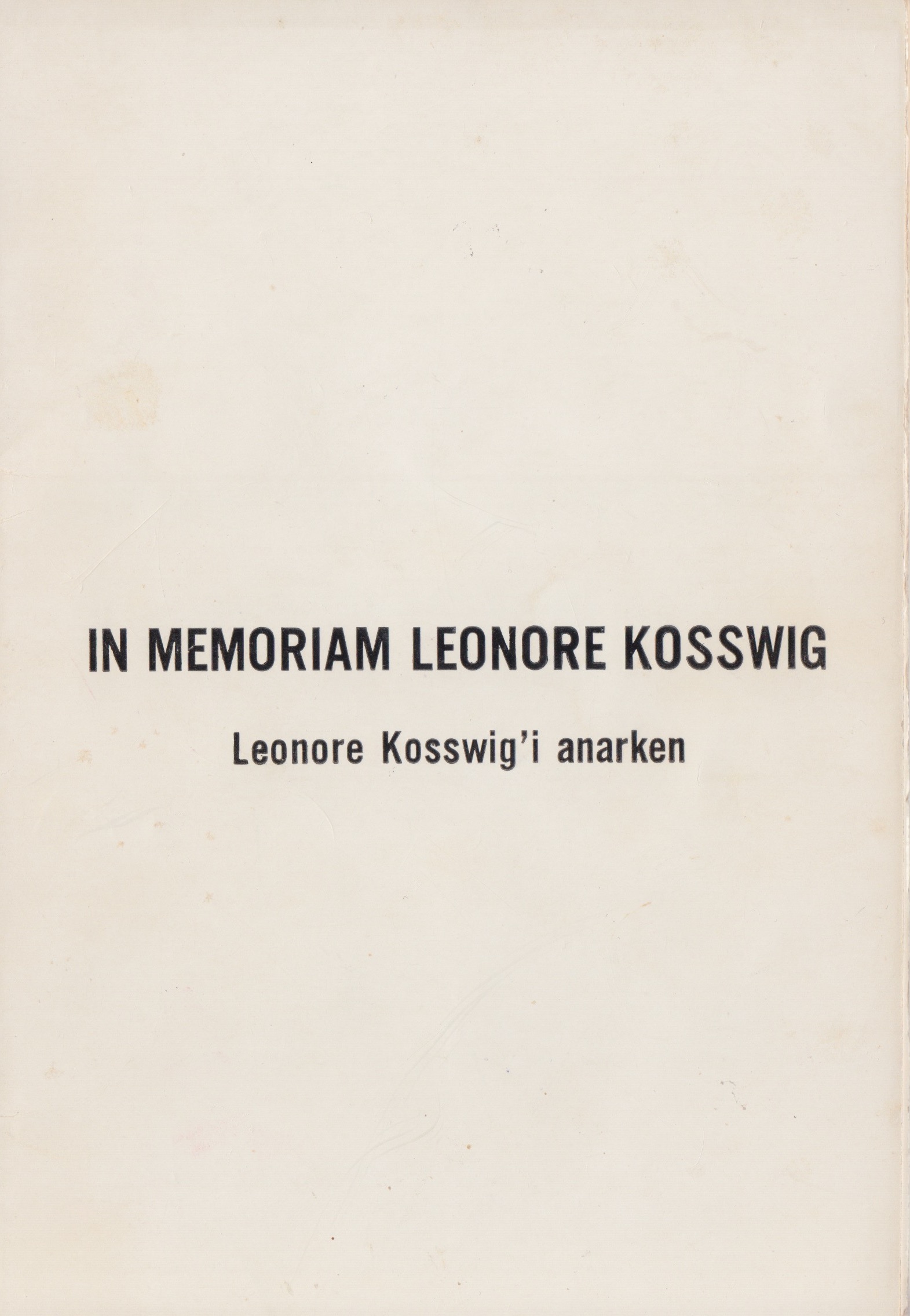
Curt Kosswig. In memoriam Leonore Kosswig. Leonore Kosswig’i anarken. Baha Matbaası, 1974 (Private Archive). Published, along with her travelogues, after Leonore Kosswig's death. Dogramaci, Burcu. Fotografieren und Forschen. Wissenschaftliche Expeditionen mit der Kamera im türkischen Exil nach 1933. Jonas, 2013.
Dogramaci, Burcu. “Arrival City Istanbul: Flight, Modernity and Metropolis at the Bosporus. With an Excursus on the Island Exile of Leon Trotsky.” Arrival Cities. Migrating Artists and New Metropolitan Topographies in the 20th Century, edited by Burcu Dogramaci et al., Leuven University Press, 2020, pp. 205–225. Open Access, https://library.oapen.org/handle/20.500.12657/41641. Accessed 23 March 2021.
Dogramaci, Burcu, and Rachel Lee. “Refugee Artists, Architects and Intellectuals Beyond Europe in the 1930s and 1940s: Experiences of Exile in Istanbul and Bombay.” ABE Journal, no. 14–15, 2019, n.p. Open Edition Journals, [url]http://journals.openedition.org/abe/5949; doi: 10.4000/abe.5949[/url]. Accessed 23 March 2021.
Kosswig, Leonore. “Hochzeitsgebräuche in Anatolien.” Oriens, vol. 13–14, 1961, pp. 240–250.
Kosswig, Leonore. “Geschichte und Ornamentik einer antiken, in Anatolien noch geübten Bandweberei mit Brettchen.” Mitteilungen, edited by Deutsch-Türkische Gesellschaft e.V. Bonn, no. 53, 1963, pp. 3–7.
Kosswig, Leonore. Bei den Bergnomaden auf den Murat-Bergen in Westanatolien. Private print, 1965.
Kosswig, Leonore. “Über Brettchenweberei insbesondere in Anatolien.” Baessler-Archiv, vol. 15, 1967, pp. 71–133.
Kosswig, Leonore. “Zum botanischen Vorbild der Säulen vom Theodosiusbogen in Istanbul.” Istanbuler Mitteilungen, vol. 18, 1968, pp. 259–263.
Kosswig, Leonore. “Anadolu Dokuma yaygılar.” Türkiyemiz, vol. 2, no. 5, 1971, pp. 27–33.
Kosswig, Leonore. “Ergebnisse von Beringungen im Vogelparadies am Manyassee (Türkei). Manyas gölünde yapilan halkalandirmalar hakkinda.” Bonner Zoologische Beiträge, vol. 24, no. 3, 1973, pp. 178–182.
Kosswig, Leonore. “Eigentumszeichen (Damga) in Anatolien.” Oriens, vol. 23–24, 1974, pp. 333–405.
Kosswig, Curt. In memoriam Leonore Kosswig. Leonore Kosswig’i anarken. Baha Matbaası, 1974.
Kosswig, Leonore and Curt Kosswig. “Die Variabilität bei Asellus aquaticus, unter besonderer Berücksichtigung der Variabilität in isolierten unter- und oberirdischen Populationen.” Istanbul Üniv. Fen Fakültesi mecmuası, no. 5, 1940, pp. 1–56.
Neumark, Fritz. Zuflucht am Bosporus. Deutsche Gelehrte, Politiker und Künstler in der Emigration 1933–1953. Knecht, 1980.
Widmann, Horst. Exil und Bildungshilfe. Die deutschsprachige akademische Emigration in die Türkei nach 1933. Mit einer Bio-Bibliographie der emigrierten Hochschullehrer im Anhang. Lang, 1973.
Word Count: 312
Museum für Kunst und Gewerbe, Hamburg, Leonore Kosswig, collection of ribbons.
Word Count: 12
My deepest thanks go to Erika Kosswig, who supported my research on the Istanbul photographs of her mother-in-law, Leonore Kosswig, with great generosity.
Word Count: 23
Istanbul, Turkey (1937–1973).
Inşirah Sokak No. 32, Bebek, Istanbul (residence).
- Istanbul
- Burcu Dogramaci. "Leonore Kosswig." METROMOD Archive, 2021, https://archive.metromod.net/viewer.p/69/2949/object/5138-10786059, last modified: 20-06-2021.
-
Mehmet Cemil CemDiplomatCaricaturistIstanbul
Cemil Cem is remembered as a cartoonist, although he also managed the Academy of Fine Arts in Istanbul for four years. While director of the academy, he supported Russian-speaking artists.
Word Count: 30
Traugott FuchsPhilologistRomanistPoetPainterIstanbulTraugott Fuchs was a multi-talented philologist, painter and poet who lived in Istanbul from 1934 until the end of his life in 1997.
Word Count: 21
Ragıp Devres VillaBuildingResidenceIstanbulThe house designed by the Swiss-Austrian architect Ernst Egli for the engineer Ragip Devres in Istanbul Bebek left its mark on the Turkish villa landscape.
Word Count: 25
Alfred Heilbronn Botanical GardenGardenIstanbulThe botanical garden in Fatih was established above the Galata Bridge in historic Stambul in the 1930s. This was carried out at the suggestion of the exiled botanist Alfred Heilbronn.
Word Count: 30